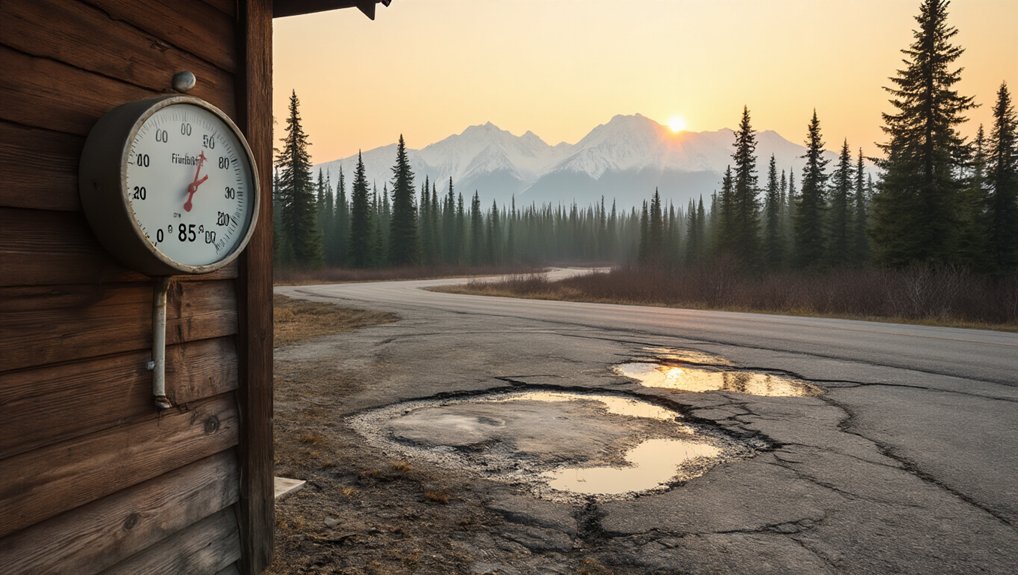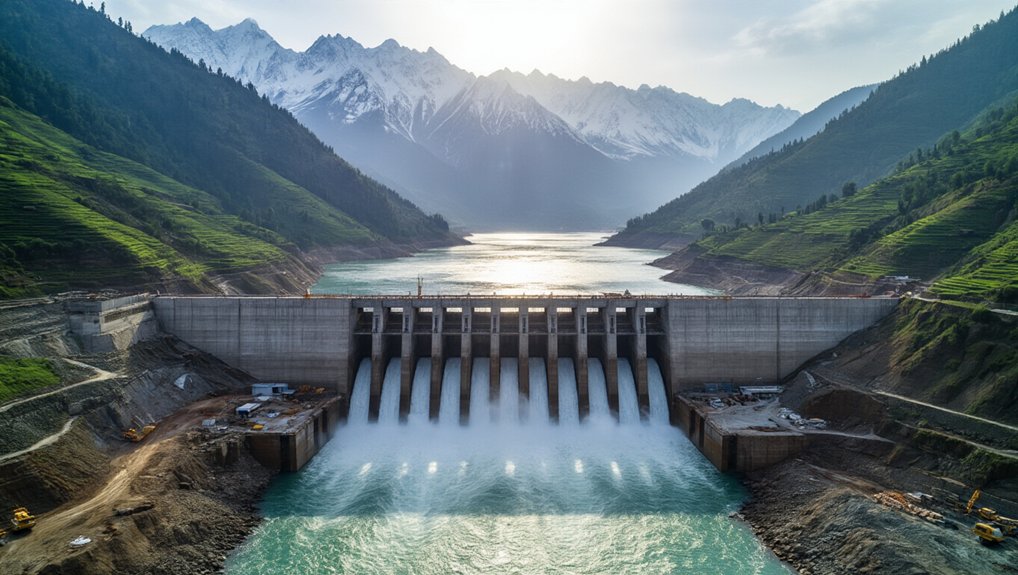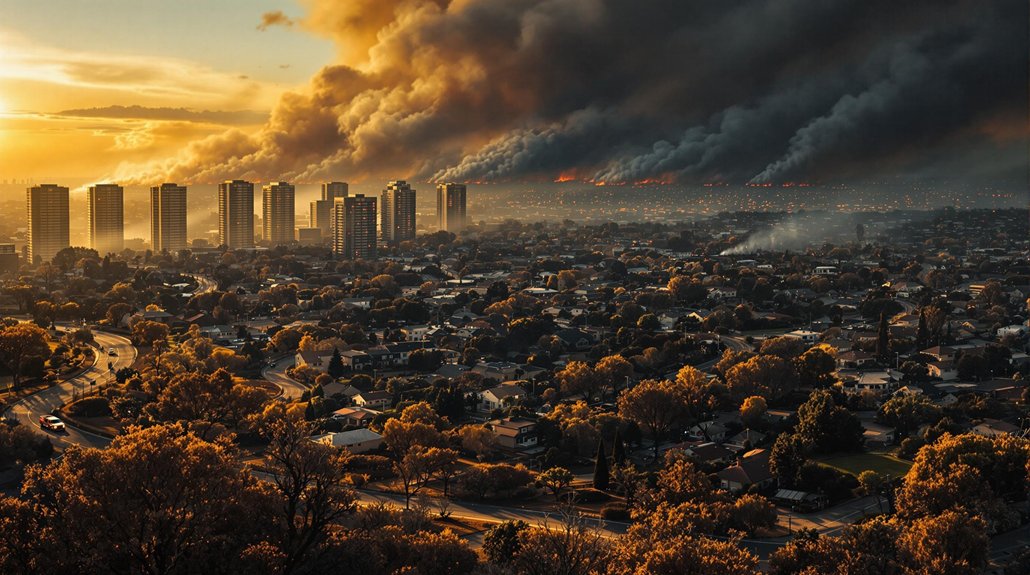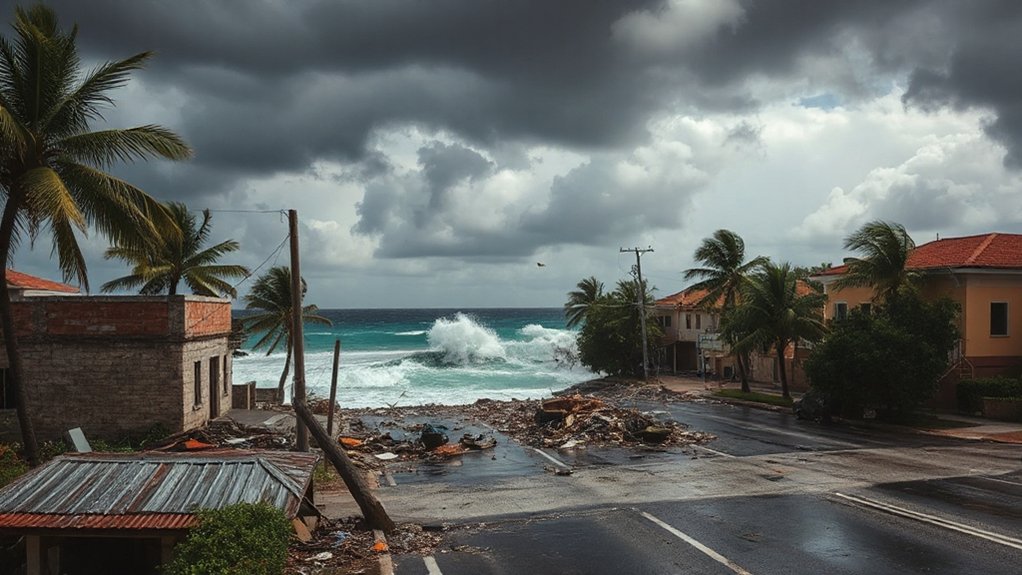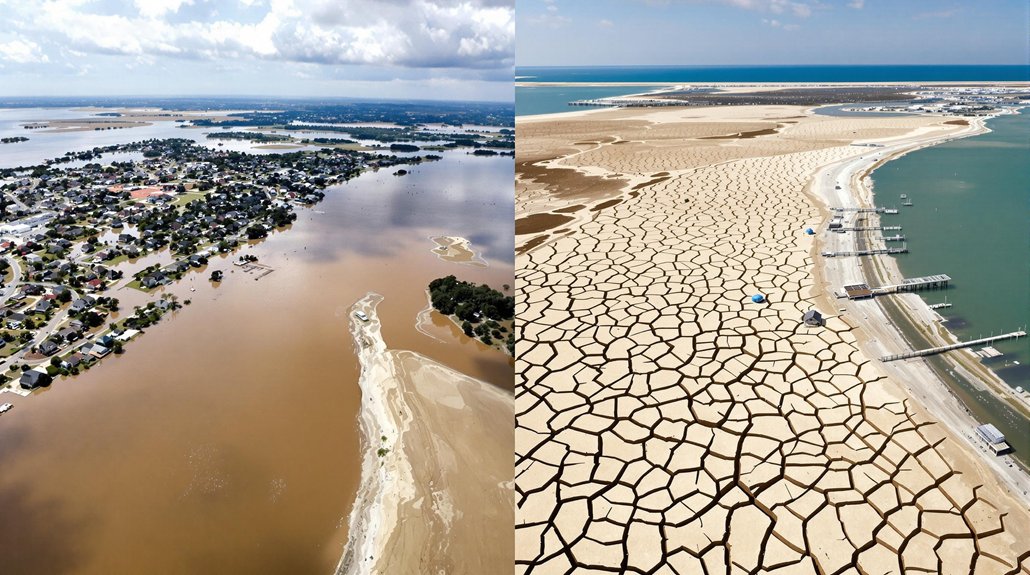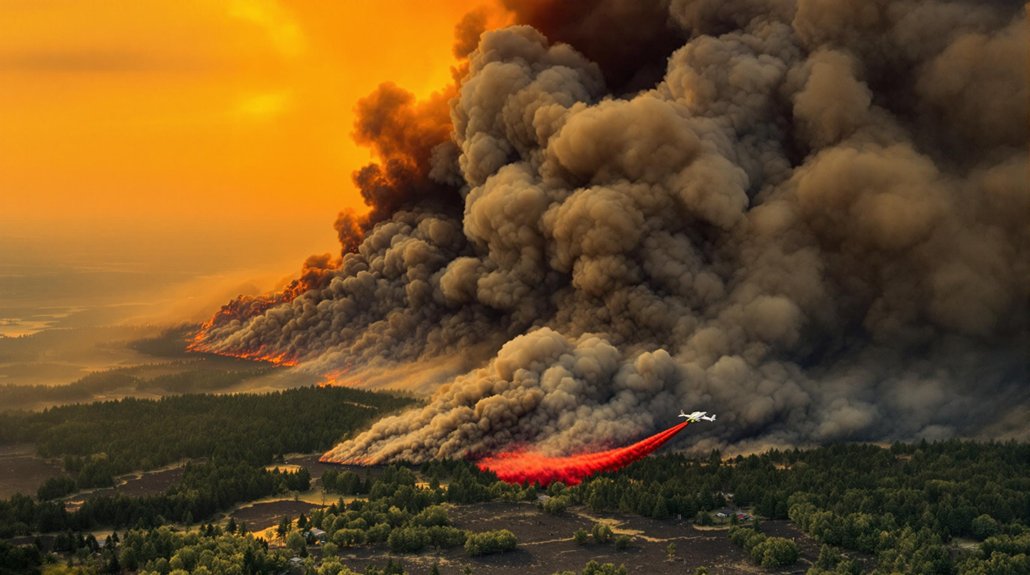Alaska just got its first-ever heat advisory, and yes, you read that right. The National Weather Service issued the warning for Fairbanks in June 2025, marking a bizarre milestone for a state better known for permafrost than pool parties. Previously, they’d use vague “special weather statements” when things got toasty. Now it’s official: 85°F is hot enough to warrant a real warning.
The advisory takes effect Sunday, with temperatures forecast to hit 86°F. Saturday brings 84°F, Monday 85°F. For context, Fairbanks typically sees these temperatures maybe two or three times yearly. Not exactly Miami Beach territory, but for Alaska, this is sweating-through-your-parka weather. Making matters worse, most Alaskan buildings were designed to retain heat, not release it, turning homes into ovens during these temperature spikes. When wildfires strike, residents can’t even open windows for relief, trapping them in rapidly heating homes filled with smoke-laden air.
Here’s the twist: Alaska is warming two to three times faster than the rest of the planet. Human-driven climate change hits different up north. The Arctic doesn’t mess around when it comes to temperature swings, and neither do the consequences. Permafrost melts. Infrastructure buckles. Ecosystems scramble to adapt. The wildfire smoke compounds existing air quality concerns, creating what experts classify as a public health emergency for vulnerable populations.
This heat wave follows a chilly May and cool early June, because weather loves a good plot twist. High-pressure systems are camping out over Fairbanks like unwanted houseguests, trapping hot air and refusing to leave. Meteorologists expect more of the same in coming weeks.
The record for 85°F+ days in Fairbanks? Fourteen in 2013. If 2025 hits five such days, it cracks the top 20 years ever recorded, and summer’s barely started. The longest consecutive hot streak was 14 days back in 1991. Could this year challenge that record? Maybe.
Public safety officials worry about Alaskans who’ve never dealt with serious heat. When your biggest weather concern is usually frostbite, heat exhaustion isn’t exactly top of mind. The new advisory system makes alerts easier to find online and harder to ignore.
The standardized warnings represent more than bureaucratic reshuffling. They’re an acknowledgment that extreme heat in Alaska isn’t some freak occurrence anymore. It’s the new normal, arriving whether residents ordered it or not. Welcome to the future, where Alaska needs heat advisories and nobody’s laughing.
References
- https://abcnews.go.com/US/wireStory/national-weather-service-issues-alaskas-heat-advisory-122833767
- https://www.weather.gov/media/notification/pdf_2025/scn25-39_heat_advisory_public_notice_AR.pdf
- https://www.ncadvertiser.com/news/article/the-national-weather-service-issues-alaska-s-20376732.php
- https://www.spokesman.com/stories/2025/jun/13/part-of-alaska-is-under-a-heat-advisory-thats-a-fi/
- https://www.airuniversity.af.edu/Portals/10/AFCLC/07. Media/Arctic Research/Gender Roles in the Arctic Region Report_v08a – 8 March 2025_Final.pdf?ver=YYtmV0J333RbZuxU5Wju_A==×tamp=1742231531839
